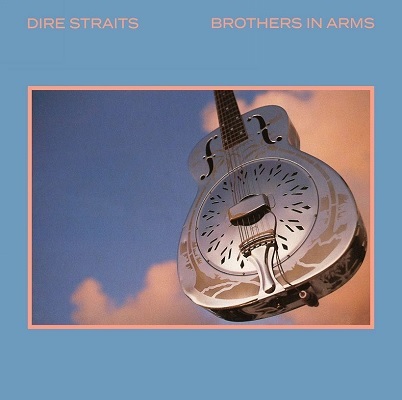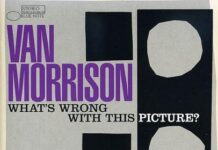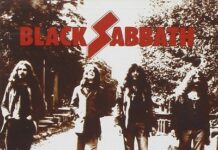In the 1980s, popular music was forced to adjust itself to a changing landscape. One of these changes came as a result of MTV, the 24-hour music television channel that debuted on August 1, 1981. MTV, of course, became a cultural benchmark that turned the music industry and the record buying public at large on its collective ear by transforming radio singles into music videos. The other change occurred with the advent of the compact disc. Offering a smaller size, greater dynamic range and lower distortion, the CD would eventually replace vinyl and audio tape as the primary music format. By the mid 80s, a slick and sleek image accompanied by an angular, glossy sound was pretty much the precedent of the day if you wanted to succeed as a rock star. Paradoxically, Dire Straits, a post-punk pub rock band and the very antithesis of the trend, and their 1985 album Brothers In Arms, would splash down in the very middle of the MTV/CD revolution, taking both to new heights.
By this time, the band’s leader Mark Knopfler was well on his way to becoming a reputable guitarist, songwriter and producer in his own right. After a brief hiatus, he started writing songs for Dire Strait’s fifth studio album, mixing light and dark themes into a boiling pot of textures and nuances. With the addition of second keyboardist Guy Fletcher and several ace session players like bassist Tony Levin, drummer Omar Hakim, and the prolific horn duo, the Brecker Brothers, Knopfler and co-producer Neil Dorfsman pieced together a highly-polished and cohesive collection of nine songs that would comprise Brothers In Arms. Touted as a “full digital recording,” the album initially broke on the strength of the single, “Money For Nothing.” A narrative from the perspective of a blue-collar appliance mover, the song challenged the whole MTV rock star maxim, while guest vocalist Sting tipped the scales with his “I Want My MTV” refrain. It would go on to become a hit computer-animated video on the very network it skewered. “Money For Nothing” would also hit Number One on both sides of the Atlantic and win a Grammy for Best Rock Vocal Performance by a group.
Brothers In Arms is enriched by a vastness of shades and subtleties that reach beyond the novelty of “Money For Nothing.” The 50s sensibility of “Walk Of Life” is another notch in Knopfler’s creative belt. By the same token, the album roams a range that encompasses smooth jazz (“Your Latest Trick” and “Ride Across River”) and bluesy oeuvres of reflection (“So Far Away,” “Why Worry,” “The Man’s Too Strong” and “Brothers In Arms”). Embellished by an unmistakable ambiance,Brothers In Arms would elevate the digital age by becoming the first compact disc to sell over a million copies. It would also be the last word from Dire Straits for over five years as Knopfler immersed himself in numerous side projects. In 1991, On Every Street, the final Dire Straits album, made an inauspicious entry onto the charts, but with only a fraction of the impact its predecessor wielded. By this time, the spirit of Dire Straits was lost to session players and diverted interests. Since then, Knopfler has reeled in his rock star tendencies, producing inspiring, low-key solo albums that inadvertently capture the essence of Dire Straits, no matter how you look at it.
~ Shawn Perry




















